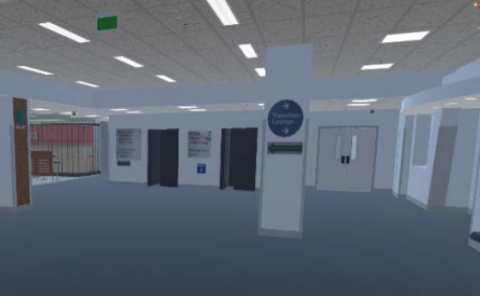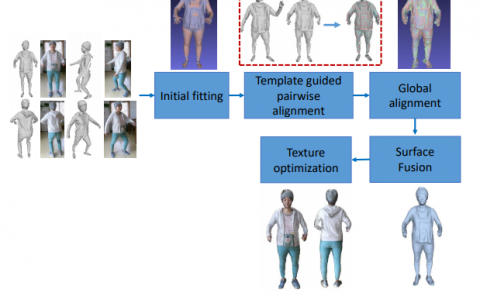Minimum Audible Movement Angle in Virtual Auditory Environment: Effect of Stimulus Frequency
PubDate: April 2019
Teams: Southern University of Science and Technology
Writers: Yiyuan Han; Fei Chen
PDF: Minimum Audible Movement Angle in Virtual Auditory Environment: Effect of Stimulus Frequency

Abstract
Virtual auditory display (VAD) technology has advantages for the simulation of dynamic auditory environment, which has brought an increasing need for understanding auditory motion perception in virtual auditory environment (VAE). Minimum audible movement angle (MAMA) is a fundamental measure for auditory dynamic spatial resolution in VAE. In a realistic auditory environment (RAE), binaural auditory system is insensitive to motion information, and auditory dynamic spatial resolution for the sound stimulus with frequency below 1000 Hz is better than for the stimulus with frequency above 1000 Hz. This study investigated the effect of auditory stimulus frequency (i.e., from 500 Hz to 2900 Hz) on MAMA in VAE. Results showed that in VAE, the stimulus frequency influenced auditory motion perception in the similar way as in RAE in terms of a frequency threshold at 1000 Hz, and the dynamic spatial resolution in VAE was significantly poorer than that in RAE. The findings in this study suggested that the sensitivity of auditory motion perception to sound stimulus frequency in VAE was similar with that in RAE, while the binaural auditory system was even more insensitive to motion in VAE than in RAE.



